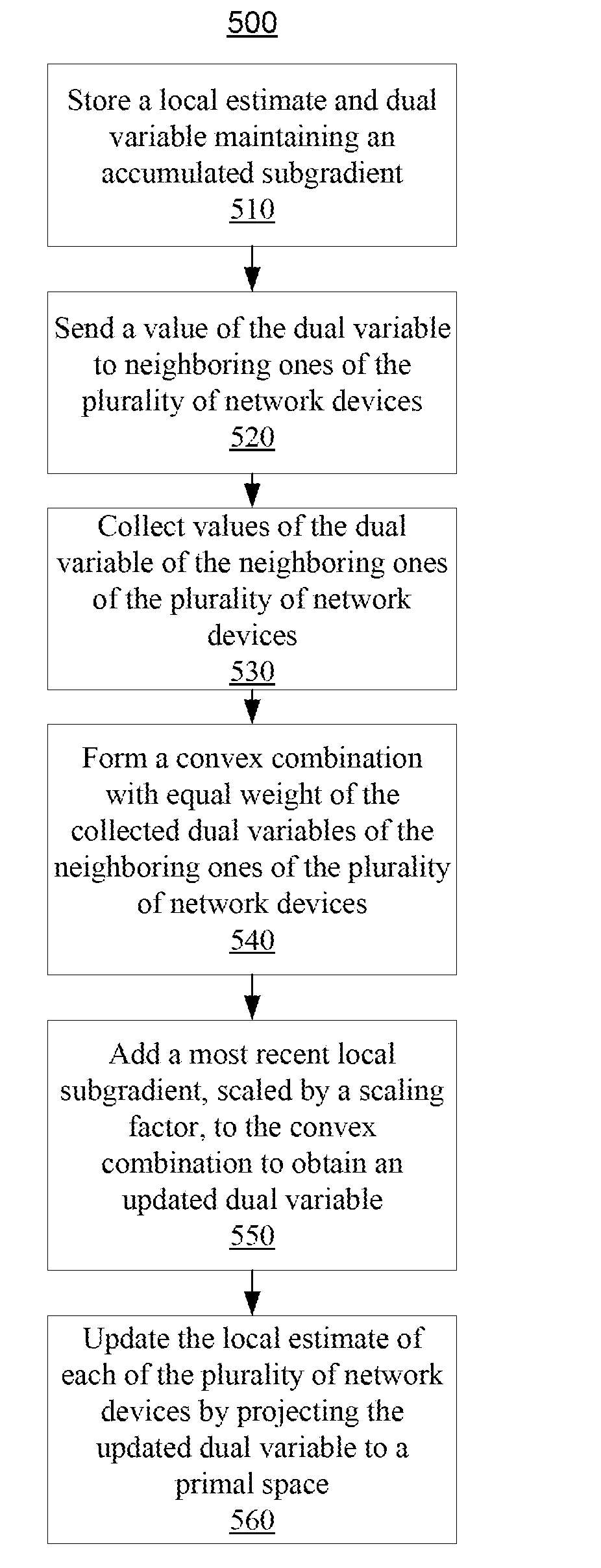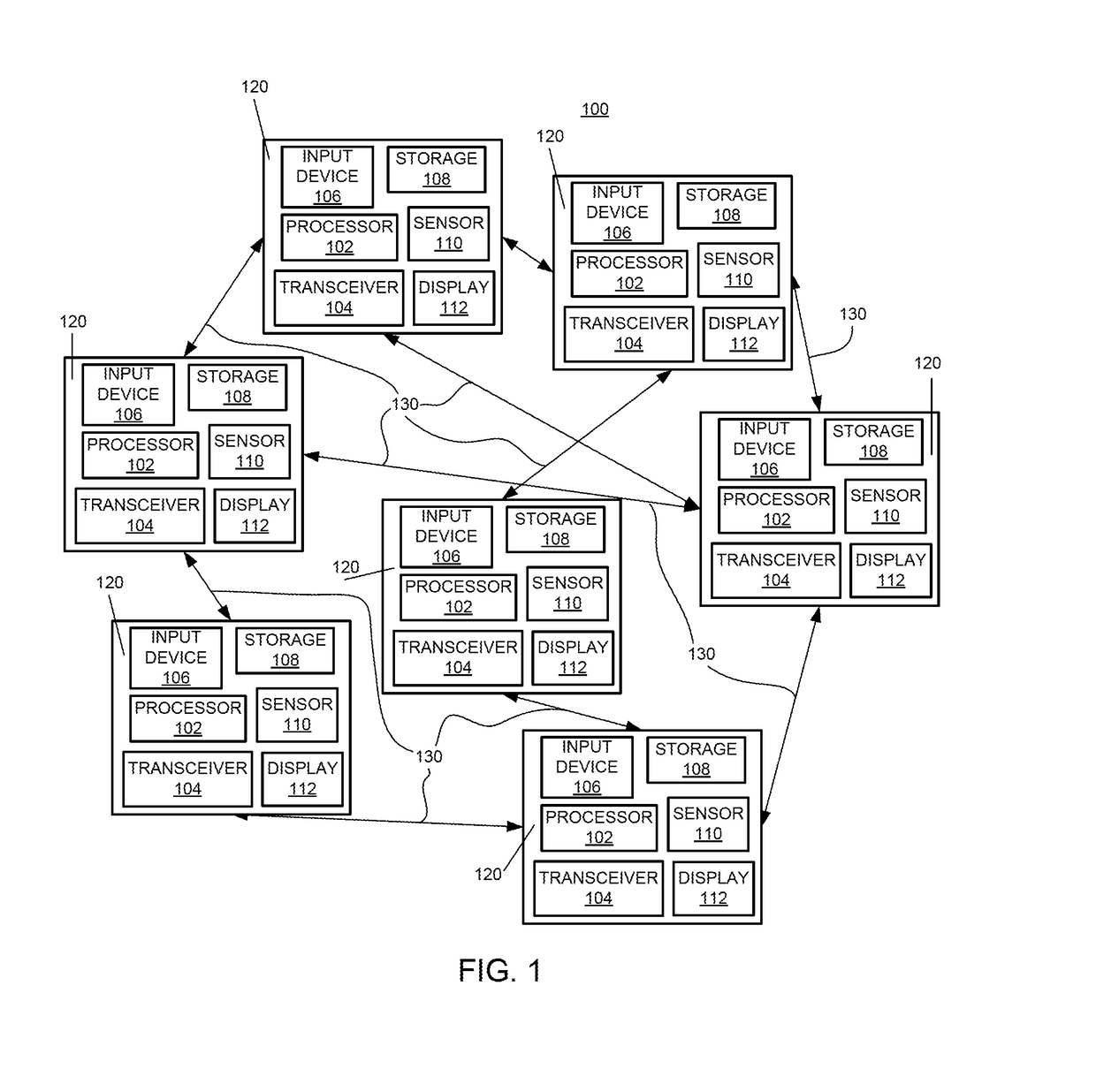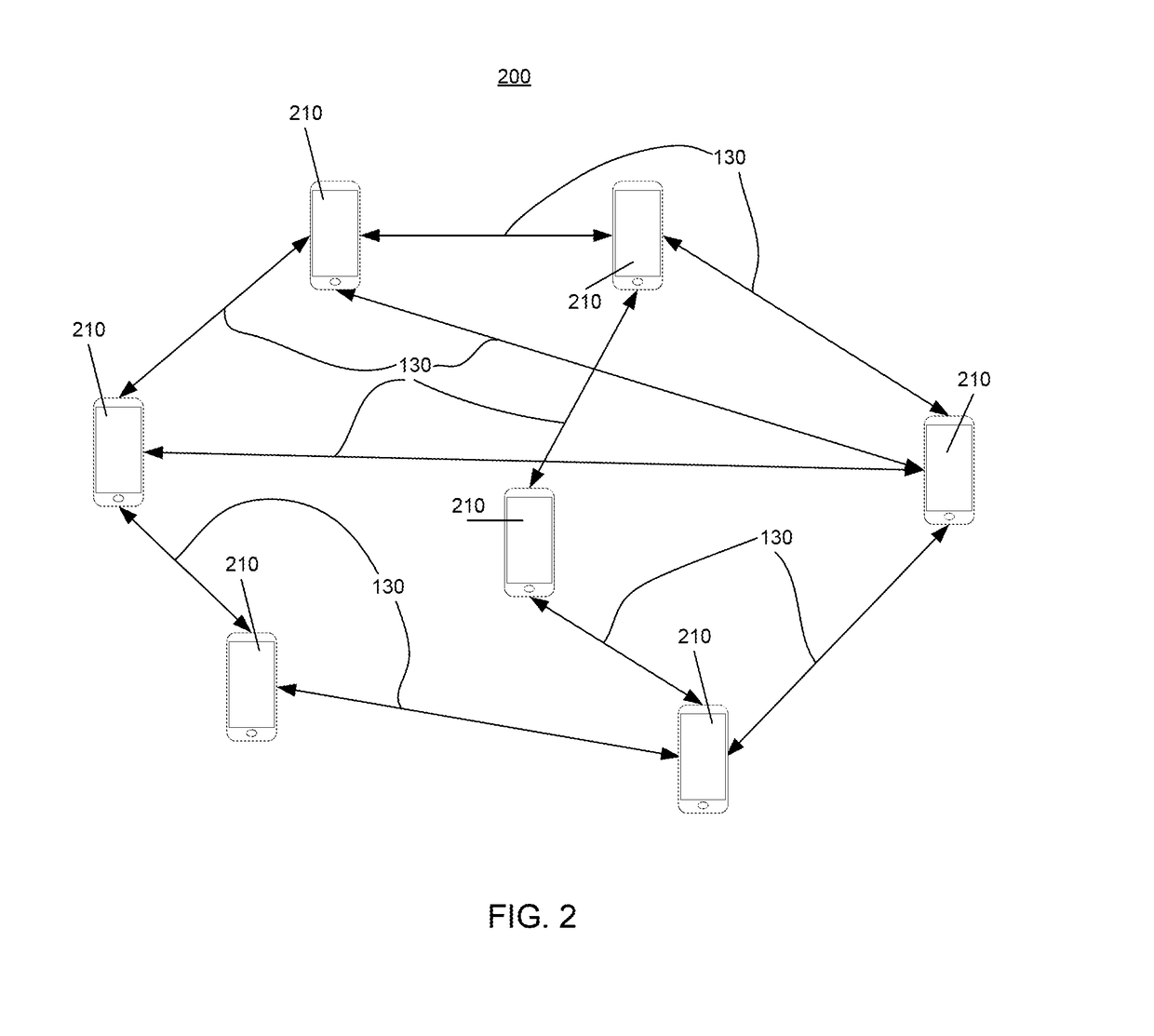System and method for fault-tolerant parallel learning over non-iid data
a parallel learning and non-iid data technology, applied in the field of machine learning, can solve problems such as network failures, computation costs, and distributed learning in real-world scenarios, and achieve the effects of reducing the number of nodes in a real-world setting, and reducing the number of nodes
- Summary
- Abstract
- Description
- Claims
- Application Information
AI Technical Summary
Benefits of technology
Problems solved by technology
Method used
Image
Examples
Embodiment Construction
[0016]In accordance with the present invention, systems and methods are provided for Enhanced Convergence between network devices on a network.
[0017]The most commonly applied paradigm for distributed machine learning is the parameter server approach. The parameter server approach has reasonable computational costs and resets the parameters for all workers ensuring consensus based convergence. However, for many practical embedded sensors there may not be a central reliable server. Furthermore, if the server fails, the recovery requires using complex protocols. Hence, an alternative approach is to perform distributed consensus optimization methods by using all-reduce style methods. This approach is commonly used with MPI, Hadoop and other map-reduce style frameworks. This model has no separate master and avoids any centralized bottlenecks. Furthermore, a failed network device may simply be removed from the training process. An all-reduce approach is preferred when data is generated at...
PUM
 Login to View More
Login to View More Abstract
Description
Claims
Application Information
 Login to View More
Login to View More - R&D
- Intellectual Property
- Life Sciences
- Materials
- Tech Scout
- Unparalleled Data Quality
- Higher Quality Content
- 60% Fewer Hallucinations
Browse by: Latest US Patents, China's latest patents, Technical Efficacy Thesaurus, Application Domain, Technology Topic, Popular Technical Reports.
© 2025 PatSnap. All rights reserved.Legal|Privacy policy|Modern Slavery Act Transparency Statement|Sitemap|About US| Contact US: help@patsnap.com



